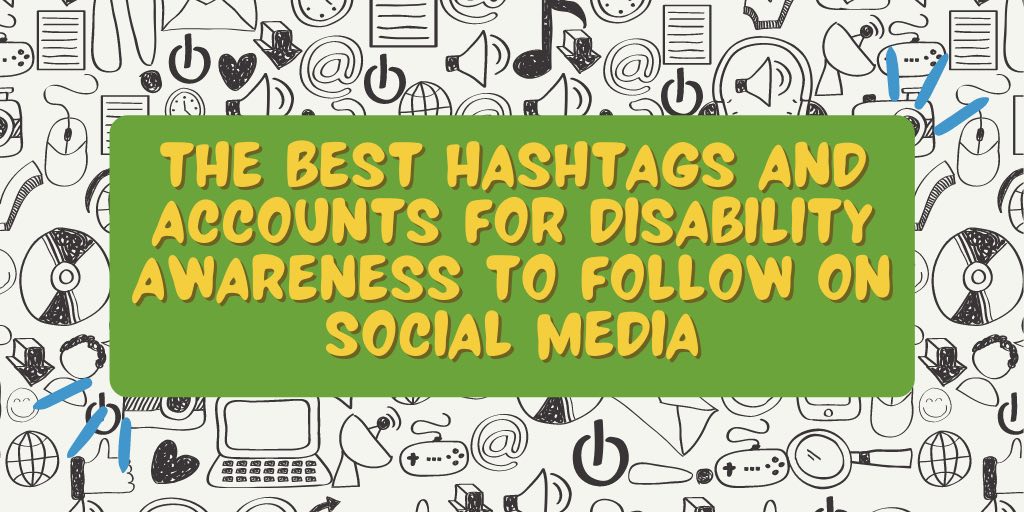Oftentimes, we hear of the negative aspects of social media, but not so much the good. As with many things, social media can be both an incredibly useful tool, and a place for discomfort and stress. Today’s world is growing increasingly more accustomed to interacting with others on the internet, and consequently, it’s given us an opportunity to express ourselves, and share the diversity of personhood with one another. Social media is a great place to learn more about the things that interest you, and connect with others who may have similar life experiences as you, especially when it comes to disabilities.
Here are a few examples of hashtags and accounts to follow for the best current information on life with disabilities, disability awareness, and other related information:
Lizzie Velasquez – @littlelizziev
Lizzie was born with two rare conditions: lipodystrophy and Marfan. No matter how much she eats, she is unable to gain weight. When she was only 17-years-old, someone on the internet made a video in an attempt to make fun of her, and it only backfired. Lizzie took this attempted attack on her self-worth as fuel, and began to publicly share her life with anyone and everyone. Her instagram is filled with joy and love. She has given a Tedx Talk and is one of the most famous faces against bullying. She now has almost a million followers that love and accept her, not just for her extremely influential bravery, but also for her honesty and positive attitude about her own daily life.
Madeline Stuart – @madelinesmodelling_
Madeline is one of the most prominent female models in the world. She also has Down syndrome, and uses her platform as a model with disabilities to promote awareness, as well as redefine the very definition of beauty. Hailing from the UK, Madeline has become an international superstar, and her instagram will make you envious not only of her glamorous life, but of her incredible sense of self, and her sense of humor. You may recognize her from several catwalks all over the world over the past 8 years or so…no big deal. She is the very first person with Down syndrome to ever walk a catwalk. How she has the time to be constantly working and raising money and awareness for endless causes, I will never know. All I know is, she is my role model.
James – @storiesaboutautism
James is a dad of two sons, both of whom have autism. James uses his instagram account to document the lives of his two boys, and teach others everything he learns on his journey as a parent of children with autism. James also interviews other individuals with autism, and is seen as someone with a huge amount of influence and knowledge on the subject. He is a wonderful dad, activist, and person with a lot of love and passion.
#getyourbellyout
#getyourbellyout was started around 2016 as a way to help people with Chron’s and Ulcerative Colitis feel less alone or ashamed about their diagnoses. This hashtag helps raise awareness for these diseases and breaks down barriers to help patients feel connected to others that also have a colostomy bag.
#disabodyposi
Everybody is entitled to feel body positive. Not just those instagram users who have “perfect bodies,” – but the real people who have bodies that don’t fit into the parameters of what social media tells us is the “ideal” physique. This includes those with disabilities, of course! #disabodyposi is abbreviated for Disabled Body Positive, and is a great hashtag to search and see others with disabilities showing off and feeling great about what their own bodies look like.
#invisibleillness
This one is powerful. There are so many people living with chronic disabilities and autoimmune diseases that do not physically show signs of their prominence in peoples’ lives. It can be incredibly jarring and humbling to see how many people look completely healthy and happy, but that are suffering every single day. It really goes to show you that you never know what anyone else is going through. Always treat people with respect and kindness. Patience is so important because there are more people with invisible disabilities than those with visible ones.
Blog written and researched by Lauren Maley, JMF Development Associate
